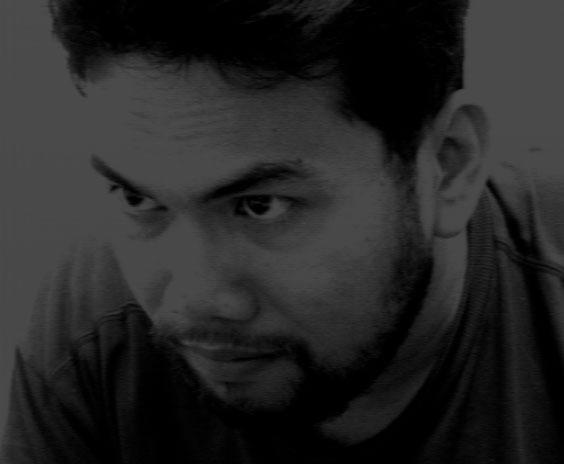One person's work is rightfully recognized in one short but sweet statement.
This peek into the history of the College of Arts and Sciences at the University of the East Caloocan made a short, small but accurate recognition of one person's labor of love. That short statement is in bold face near the end of the article.
A Peek Into the CAS Caloocan History
By Dean Eleanor R. Javier and Prof Vida E. Suarez
The birth of the College of Arts and Sciences-Caloocan came about simultaneously with the dawning of the University of the East-Caloocan in 1977, as a branch of UE Manila offering college courses.
In response to the project of Mrs. Imelda Marcos (who was then serving as Metro Manila Governor) in bringing college education to the outskirts of Metro Manila, UE Management decided to phase out the elementary, high school and vocational programs in UE Caloocan. This paved the way for the introduction of the same college courses that were offered in UE Manila such as business administration, engineering, fine arts, and arts and sciences.
CAS Caloocan offered the same four-year programs of CAS Manila. Among these were AB in English, AB in Political Science, AB in History and Pre-Dentistry. Because UE Caloocan was an extension campus, the respective deans of the College of Business Administration, College of Engineering, and College of Arts and Sciences in Manila also supervised the colleges' counterparts in Caloocan. Both campuses shared the same faculty.Dr. Herminia M. Barcelona was the first concurrent Dean of both CAS Manila and Caloocan.
The head of UE Caloocan has always been its chancellor. The late Oscar Limlingan was for sixteen years-from June 1977 to June 1993-the Chancellor, and it is no small wonder that the UE community fondly refers to him as the Father of UE Caloocan. Starting from a very small enrollment, the student population here grew from leaps and bounds, reaching as high as 10,000.As UE Caloocan made its strong presence in Caloocan, Navotas, Malabon and Bulacan, it progressively enticed more enrollees that required the appointment of separate Deans for its Colleges of Engineering, Business Administration, Fine Arts, and Arts and Sciences. It soon became independent of UE Manila, particularly in terms of academic supervision.
Being the youngest college in the Caloocan Campus, the growth of the College of Arts and Sciences can be attributed to the five different deans who have been appointed to head the CAS and the cooperation and participation of the faculty members and students. Together, they pursued the philosophy of the College- that a solid base in the arts and sciences, with the knowledge and training that will develop and expand to the fullest a student's {intellectual, spiritual, moral, artistic, and physical powers, is the best preparation that a student can bring to whatever professional study of life that he may later decide on.Mr. Juanito C. Diaz, a professor of philosophy, was the first CAS Caloocan Dean, from 1988 to 1992. It was he who planted the seeds of accreditation. During his term, the CAS started to make plans to apply for accreditation with the Philippine Association of Colleges and Universities Commission on Accreditation (PACUCOA). Pursuant to this, he initiated several programs for the improvement of faculty recruitment and development. The faculty also became active in outreach programs, such as the CAS Pinatubo Relief Campaign.
It was also during his term when the AB in English Program was changed to AB in Communication Arts. A generalist program, AB in Communication Arts was adopted from the program designed by Prof. Sol Gabriel, the first Chairperson of the Comm. Arts Department in CAS Manila. It included subjects focusing on various fields of communication, namely Advertising, Broadcasting, Film, Journalism, Public Relations, Public Speaking and Theater. It aimed at introducing and developing students in various areas of communication.Dr. Julieta B. Samonte, an English professor, was Dean for one year, 1992-1993. She continued the programs of Dean Diaz. During her term, more faculty development programs were organized, with emphasis on values formation. Apart from seminars, faculty members were highly motivated to participate and initiate various activities for the College because merits for promotion were not just based on academic requirements. It also included, among others, research, honors obtained, outstanding events or activities organized by either the College or the University, recognition or awards received, qualification in a government examination and community service.
CAS Manila Dean Carmelita S. Flores, likewise an English professor, became the concurrent Dean of both Campuses' CAS from 1993 to 1994. Though her stint as CAS Caloocan Dean was less than a year, she is credited for focusing on the development of the infrastructure of the College; the Speech Laboratory and the Multipurpose Hall were constructed during her time.


0 Comments:
Post a Comment
<< Home